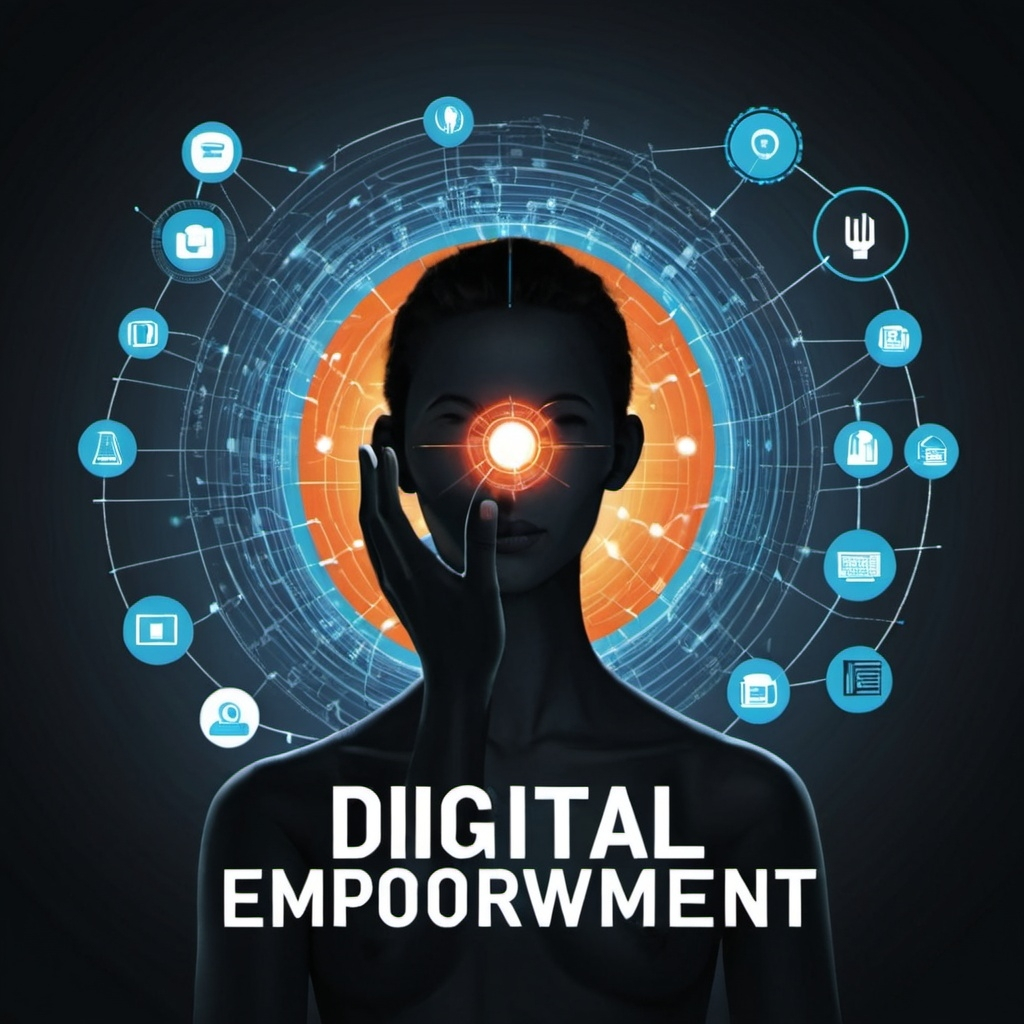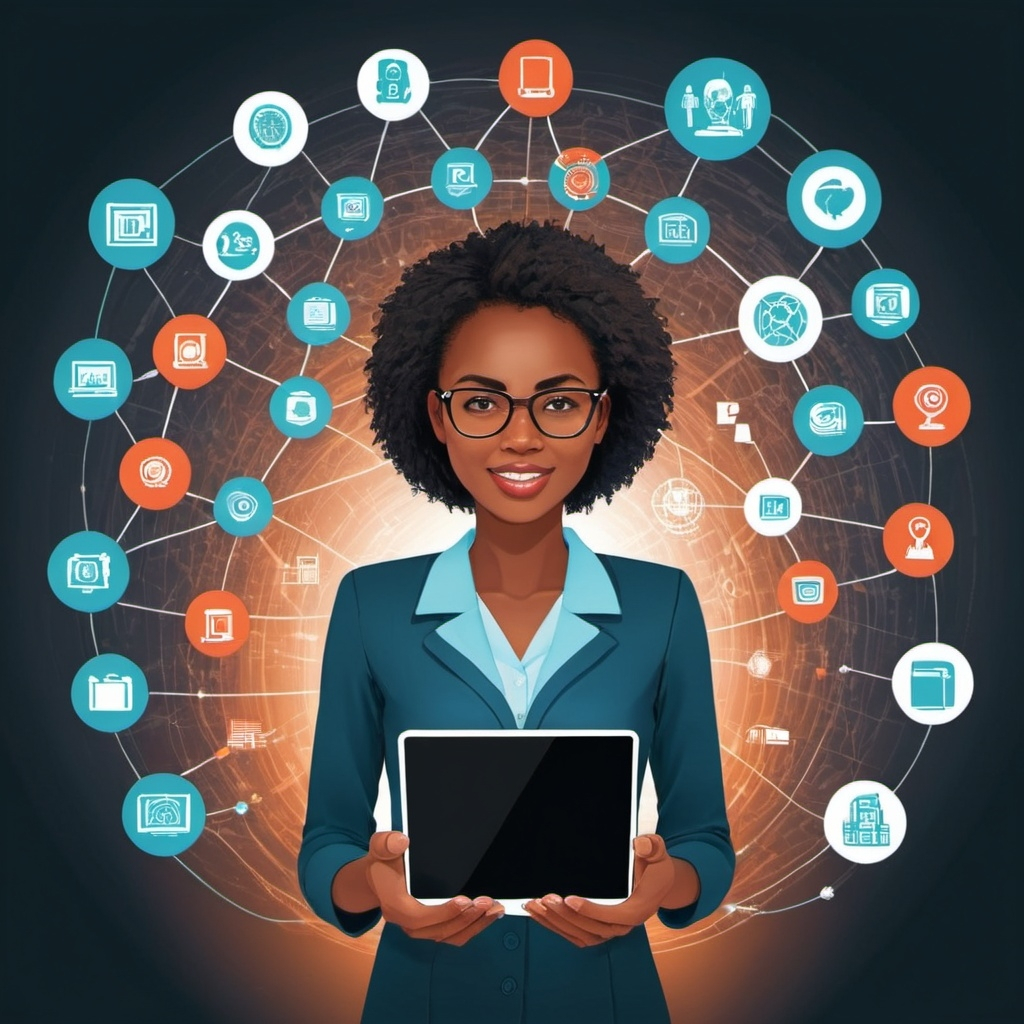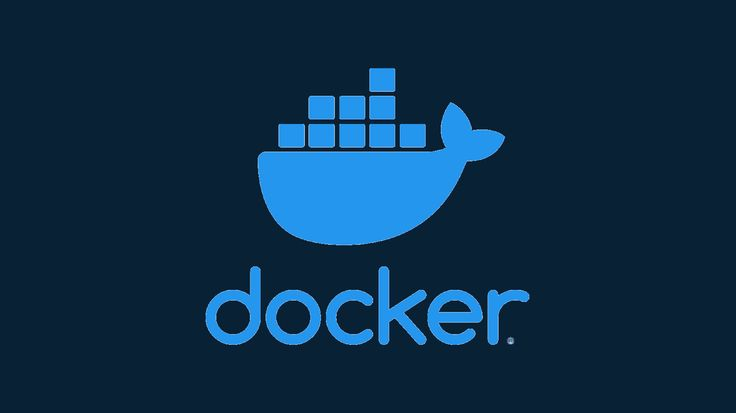What is Empowerment Technology?
Empowerment technology is a term that encompasses the use of digital tools and platforms to enable individuals and communities to enhance their abilities, increase access to information, and improve their overall quality of life. It represents a significant shift in how technology can be used not just for efficiency and productivity, but for enabling personal and collective growth. The essence of empowerment technology lies in its ability to democratize access to information, provide platforms for expression and collaboration, and create opportunities for education and economic advancement. This introduction explores the fundamental aspects of empowerment technology and sets the stage for a deeper understanding of its impact and applications.
The concept of empowerment through technology is rooted in the idea that technology can serve as a great equalizer. It bridges gaps in society by providing tools that were previously inaccessible to marginalized groups. Whether it’s through mobile phones, the internet, or advanced software, these technologies have the power to transform lives by granting people the ability to learn, communicate, and participate in the global economy. For instance, farmers in remote areas can now access weather forecasts and market prices through their mobile phones, significantly impacting their productivity and income. Similarly, students from underprivileged backgrounds can access online courses and educational resources that were once beyond their reach.
Empowerment technology is not just about providing access to digital tools; it also involves creating an environment where individuals can use these tools effectively. This includes digital literacy programs that teach people how to navigate and utilize technology, as well as initiatives that promote critical thinking and problem-solving skills. By equipping individuals with the knowledge and skills to use technology effectively, we empower them to take control of their own development and contribute meaningfully to society.
Moreover, empowerment technology fosters innovation and entrepreneurship. With access to digital platforms, individuals can develop and share their ideas, create new products and services, and reach a global audience. This has led to a surge in startups and small businesses, particularly in developing countries, where traditional barriers to entry were high. By lowering these barriers, technology empowers individuals to become job creators rather than job seekers, fostering economic growth and development.
In this article, we will delve deeper into the various facets of empowerment technology. We will explore its applications in education, healthcare, business, and community development, providing practical examples to illustrate its transformative potential. By understanding the role of technology in empowerment, we can better appreciate its significance in shaping a more inclusive and equitable world.
The Core Components of Empowerment Technology
Empowerment technology comprises various components that collectively contribute to its goal of enabling individuals and communities. These components include digital literacy, access to information, communication platforms, and tools for creativity and innovation.
Digital Literacy
Digital literacy is the foundation of empowerment technology. It involves teaching individuals how to use digital tools and navigate the internet effectively. Digital literacy programs are essential in ensuring that people can make the most of the technology available to them. For instance, initiatives like Code.org provide free coding lessons to students worldwide, empowering them with skills that are in high demand in the job market. Similarly, digital literacy campaigns in rural areas teach basic computer skills and internet usage, enabling residents to access information and services online.
Access to Information
Access to information is a critical aspect of empowerment technology. The internet has made vast amounts of information readily available, but accessing this information requires the right tools and skills. Search engines, online libraries, and educational platforms like Khan Academy provide users with access to knowledge that can enhance their personal and professional lives. For example, a small business owner can learn about new marketing strategies or financial management techniques through online courses, helping them to grow their business.
Communication Platforms
Communication platforms such as social media, messaging apps, and video conferencing tools play a significant role in empowerment technology. They enable individuals to connect with others, share ideas, and collaborate on projects regardless of geographical boundaries. For instance, platforms like WhatsApp and Zoom have become indispensable during the COVID-19 pandemic, allowing people to stay connected and continue working or studying from home. These platforms also provide a voice to marginalized communities, enabling them to advocate for their rights and share their stories with a global audience.
Tools for Creativity and Innovation
Empowerment technology includes tools that foster creativity and innovation. Software for graphic design, video editing, and music production, for example, allows individuals to express themselves creatively and produce content that can reach a wide audience. Platforms like YouTube and TikTok have democratized content creation, enabling anyone with a smartphone to become a content creator. This not only provides a means of self-expression but also opens up new economic opportunities for individuals who can monetize their content through ad revenue or sponsorships.
Applications of Empowerment Technology

Empowerment technology has wide-ranging applications across various sectors, including education, healthcare, business, and community development. Each of these applications demonstrates the transformative potential of technology in empowering individuals and communities.
Education
In education, empowerment technology has revolutionized how knowledge is disseminated and acquired. Online learning platforms like Coursera, edX, and Khan Academy offer courses on a wide range of subjects, making education accessible to anyone with an internet connection. These platforms provide opportunities for lifelong learning, enabling individuals to acquire new skills and knowledge at their own pace. For example, a working professional can take an online course in data science to enhance their career prospects without having to attend a traditional classroom.
Additionally, educational apps and software provide interactive and engaging learning experiences for students. Tools like Google Classroom and Microsoft Teams facilitate collaboration and communication between teachers and students, making remote learning more effective. Virtual reality (VR) and augmented reality (AR) technologies also enhance learning by providing immersive experiences that make complex concepts easier to understand. For instance, medical students can use VR to simulate surgeries, gaining practical experience in a safe and controlled environment.
Healthcare
In healthcare, empowerment technology improves access to medical information and services. Telemedicine platforms like Teladoc and Doctor on Demand allow patients to consult with healthcare professionals remotely, reducing the need for in-person visits and making healthcare more accessible to those in remote areas. Mobile health apps provide users with tools to monitor their health, track their fitness goals, and manage chronic conditions. For example, apps like MyFitnessPal and Fitbit help users track their diet and exercise, promoting healthier lifestyles.
Moreover, digital platforms provide access to reliable health information, enabling individuals to make informed decisions about their health. Websites like WebMD and Mayo Clinic offer comprehensive information on various medical conditions, treatments, and preventive measures. This empowers individuals to take control of their health and seek appropriate care when needed.
Business
In the business sector, empowerment technology fosters entrepreneurship and innovation. E-commerce platforms like Shopify and Etsy enable individuals to start their own businesses with minimal investment, reaching a global customer base. Social media platforms provide powerful marketing tools, allowing businesses to connect with customers and promote their products or services effectively. For instance, small businesses can use Instagram and Facebook to showcase their products, engage with customers, and drive sales.
Furthermore, digital tools for project management, communication, and collaboration enhance productivity and efficiency in the workplace. Software like Trello, Slack, and Asana streamline workflows and facilitate teamwork, enabling businesses to operate more effectively. Cloud computing platforms like Google Cloud and Amazon Web Services provide scalable infrastructure and services, supporting business growth and innovation.

Community Development
Empowerment technology also plays a crucial role in community development. Digital platforms facilitate community engagement and participation, enabling residents to collaborate on local projects and initiatives. For example, platforms like Nextdoor and Neighborland connect neighbors and promote community-building activities, such as neighborhood clean-ups and local events.
Additionally, technology enables nonprofit organizations and social enterprises to reach and support underserved communities. Crowdfunding platforms like GoFundMe and Kickstarter allow individuals and organizations to raise funds for social causes and community projects. Online volunteer platforms connect volunteers with opportunities to contribute their skills and time to meaningful projects. For instance, organizations like VolunteerMatch and Idealist provide a wide range of volunteer opportunities, from virtual tutoring to environmental conservation efforts.
Practical Examples of Empowerment Technology
To illustrate the impact of empowerment technology, let’s explore some practical examples across different sectors. I am taking examples of local industries where applicable
Education: Khan Academy
Khan Academy is a nonprofit educational platform that provides free online courses and resources for students of all ages. Founded by Salman Khan, the platform offers video lessons, practice exercises, and personalized learning dashboards in subjects ranging from math and science to history and economics. By making high-quality education accessible to anyone with an internet connection, Khan Academy empowers students to learn at their own pace and achieve their academic goals. This is particularly beneficial for students in underserved communities who may not have access to quality education resources.

Healthcare: mHealth Solutions
Mobile health (mHealth) solutions leverage mobile technology to provide healthcare services and information. One notable example is the use of mobile apps for diabetes management. Apps like mySugr and Glucose Buddy allow individuals with diabetes to track their blood sugar levels, monitor their diet and exercise, and receive personalized feedback and recommendations. These apps empower users to manage their condition more effectively and improve their overall health.
Business: Etsy
Etsy is an e-commerce platform that enables individuals to sell handmade, vintage, and unique goods. By providing a marketplace for small-scale artisans and entrepreneurs, Etsy empowers individuals to turn their creative passions into viable businesses. Sellers can reach a global audience, showcase their products, and connect with customers who value handmade and unique items. This has created economic opportunities for countless individuals, particularly those in creative fields.
Community Development: Ushahidi
Ushahidi is a nonprofit technology company that develops open-source software for information collection, visualization, and interactive mapping. Initially created to map reports of violence in Kenya during the 2008 elections, Ushahidi has since been used in various contexts, including disaster response, human rights monitoring, and community development. The platform empowers communities to collect and share real-time information, enabling better decision-making and response to local issues. For instance, during natural disasters, Ushahidi’s platform has been used to map areas in need of aid and coordinate relief efforts.
Summary
Empowerment technology represents a profound shift in how digital tools and platforms are utilized to improve lives, foster equality, and drive innovation. It is not merely about providing access to technology but about creating opportunities for individuals and communities to leverage these tools effectively. Through digital literacy, access to information, communication platforms, and creative tools, empowerment technology transforms education, healthcare, business, and community development.

In education, platforms like Khan Academy democratize learning, offering high-quality resources to anyone with internet access. This has particularly significant implications for underprivileged students, allowing them to bridge educational gaps and achieve their academic aspirations. In healthcare, mobile health solutions empower patients to manage their health conditions effectively, providing tools and information that promote better health outcomes.
The business landscape is revolutionized by empowerment technology through e-commerce platforms like Etsy, which enable individuals to turn their creative talents into thriving businesses. This democratization of commerce lowers traditional barriers to entry, fostering entrepreneurship and economic growth. Community development is similarly transformed, with platforms like Ushahidi enabling real-time information sharing and collaborative problem-solving, enhancing community resilience and engagement.
As we look to the future, the potential of empowerment technology continues to grow. Emerging technologies such as artificial intelligence, blockchain, and the Internet of Things hold promise for further enhancing empowerment. These technologies can provide even more personalized and efficient solutions, driving innovation and inclusivity.
However, realizing the full potential of empowerment technology requires concerted efforts to address challenges such as digital divides, privacy concerns, and the need for ongoing digital literacy education. Governments, businesses, and communities must work together to ensure that the benefits of technology are accessible to all, particularly marginalized and underserved populations.
We may conclude by saying that empowerment technology is a powerful catalyst for positive change. By equipping individuals with the tools and skills to navigate the digital world, we enable them to take control of their development, contribute to society, and improve their quality of life. As we continue to innovate and expand access to these technologies, we move closer to a world where everyone has the opportunity to thrive.
Best articles curated for you:





Thanks for your help and for writing this post. It’s been great.
Howdy! Do you know if they make any plugins to protect against hackers? I’m kinda paranoid about losing everything I’ve worked hard on. Any tips?
I appreciate, cause I found exactly what I was looking for. You’ve ended my 4 day long hunt! God Bless you man. Have a great day. Bye
Thank you for stopping by! I appreciate your kind words. Keep in touch with us on social media –
Website: https://www.learnxyz.in
Facebook: https://www.facebook.com/groups/530719219330002
YouTube: https://www.youtube.com/@LearnXYZ-In
Page: https://www.facebook.com/people/Learnxyzin/61572213195329/
Twitter/X: https://x.com/LearnxyzIn
We are glad that we have been of value to you. Good Day, Visit Again!